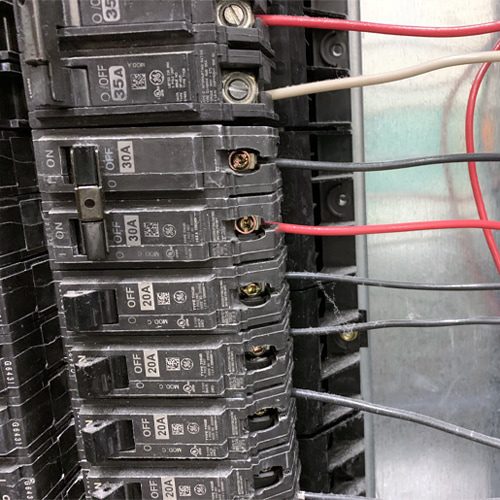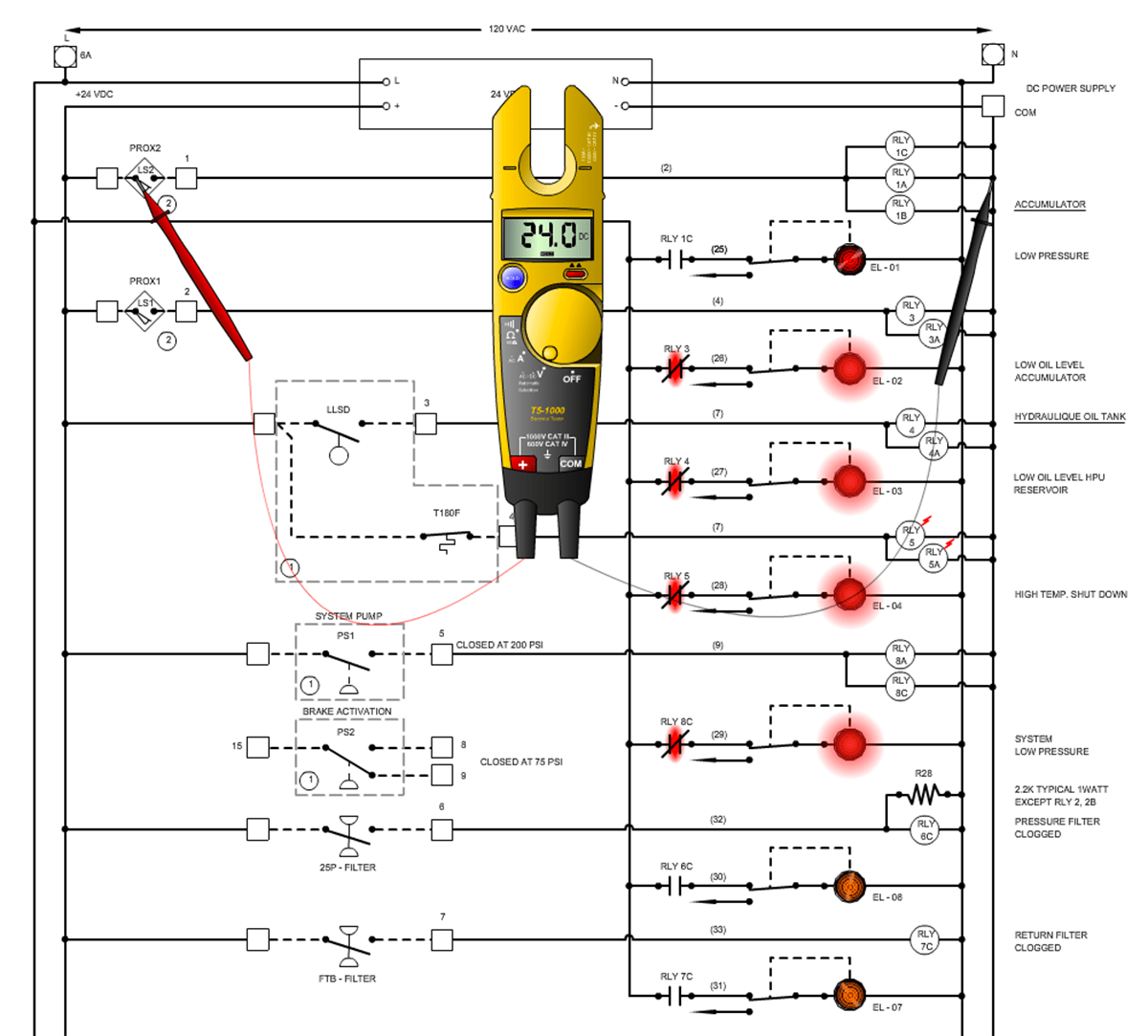Streamline functionality with specialized mechanical system optimisation support.
Streamline functionality with specialized mechanical system optimisation support.
Blog Article
Leading Tips for Effective Electric System Troubleshooting
Troubleshooting electrical systems needs a systematic approach, grounded in an extensive understanding of electric concepts and safety and security protocols. The nuances of efficient troubleshooting prolong past plain technological knowledge; understanding how to record searchings for and focus on safety can considerably influence results.
Understand the Basics
Understanding the basics of electrical systems is necessary for reliable troubleshooting, as a strong foundation permits technicians to detect and settle concerns extra successfully. A thorough understanding of electric principles, such as voltage, existing, resistance, and power, is crucial in identifying the source of problems. Voltage is the electrical possible distinction that drives present with a circuit, while resistance opposes the flow of present, impacting the overall functionality of the system.
Experience with circuit parts, consisting of resistors, capacitors, diodes, and switches, is also extremely important. Each part plays a distinctive function in circuit actions and can impact efficiency when malfunctioning. In addition, recognizing series and identical circuit setups is vital, as these plans affect the distribution of voltage and existing within the system.
Specialists need to be mindful of potential hazards, such as shock and brief circuits, to execute secure troubleshooting practices. By understanding these foundational principles, specialists improve their ability to carry out efficient diagnostics and fixings, inevitably leading to improved performance and reliability of electrical systems (electrical system troubleshooting).
Gather Necessary Equipment
Effective troubleshooting of electric systems needs the best set of devices to identify and fix issues properly. Crucial tools include a multimeter, which measures voltage, existing, and resistance, permitting for exact assessments of electric elements.
Furthermore, insulated hand tools such as screwdrivers, pliers, and cable pole dancers are vital for safely manipulating electric connections. It is additionally recommended to have a circuit tester on hand to confirm the presence of voltage in electrical outlets and wires. For even more complex systems, a thermal imaging cam can help detect overheating parts, suggesting possible failures.

Follow a Methodical Technique
Having actually gathered the suitable devices, the following action in troubleshooting electrical systems is to comply with a methodical technique. A methodical technique makes sure that professionals can recognize mistakes successfully and properly, decreasing downtime and protecting against unneeded repairs.
Begin by reviewing the system's schematic diagrams and specifications. Understanding the layout and functional criteria will give context for detecting concerns. Next, This Site separate the trouble location by utilizing a process of elimination. This entails monitoring each element systematically, beginning with the power resource and working towards the lots.
Utilize screening equipment, such as multimeters and oscilloscopes, to collect objective information about voltage, existing, and resistance at various factors within the system. This empirical evidence will lead your troubleshooting efforts and help to validate or eliminate possible reasons for failure.
In addition, think about ecological aspects that may affect the system's performance, such as temperature level fluctuations or dampness ingress. A thorough assessment of wiring, links, and components will ensure that all possibilities are represented.
Record Your Findings
Thorough paperwork is important in the fixing process of electrical systems. Exact records improve the performance of identifying persisting issues and assist in interaction among employee. Each searching for ought to be thoroughly kept in mind, including signs observed, examinations conducted, and the results of those examinations. electrical system troubleshooting. This technique not only aids in comprehending the source of the issue however additionally acts as a reference for future fixing initiatives.

In addition, keeping a log of parts replaced or repairs performed is invaluable. This information sustains inventory monitoring and can aid evaluate the long life and reliability of particular components.
Inevitably, the paperwork process should be thorough yet succinct, allowing easy access and review - electrical system troubleshooting. By focusing on in-depth documentation, technicians can develop a useful knowledge base that not just aids in existing troubleshooting however additionally equips future upkeep efforts, thereby enhancing overall system dependability

Prioritize Security Measures
Acknowledging the inherent dangers connected with electrical systems is vital for making sure safety and security during troubleshooting. Electric shock, burns, and equipment damages are just a few of the prospective hazards that service technicians face. Prioritizing precaution is not look at this site just a lawful responsibility yet also an ethical crucial that safeguards both the technician and the surrounding atmosphere.
Prior to starting any kind of troubleshooting task, specialists must wear appropriate personal protective devices (PPE), consisting of shielded handwear covers, safety glasses, and flame-resistant clothing. Guaranteeing that the workplace is completely dry and without mess can significantly decrease the danger of mishaps. Moreover, it is vital to de-energize circuits prior to starting any kind of job, validating that they are not live through making use of a multimeter or voltage tester.
Establishing clear communication methods with group participants is additionally essential; this makes certain that every person understands prospective dangers and the condition of the electrical system being worked on. Lastly, having an emergency situation feedback strategy in position can show indispensable in the event of an event. By focusing on safety actions, professionals can successfully mitigate threats and foster a more secure work environment.
Final Thought
Effective electric system fixing depends on basics a thorough understanding of basic concepts and a systematic method. Focusing on security actions guarantees the wellness of individuals involved and the honesty of the electric system.
Report this page